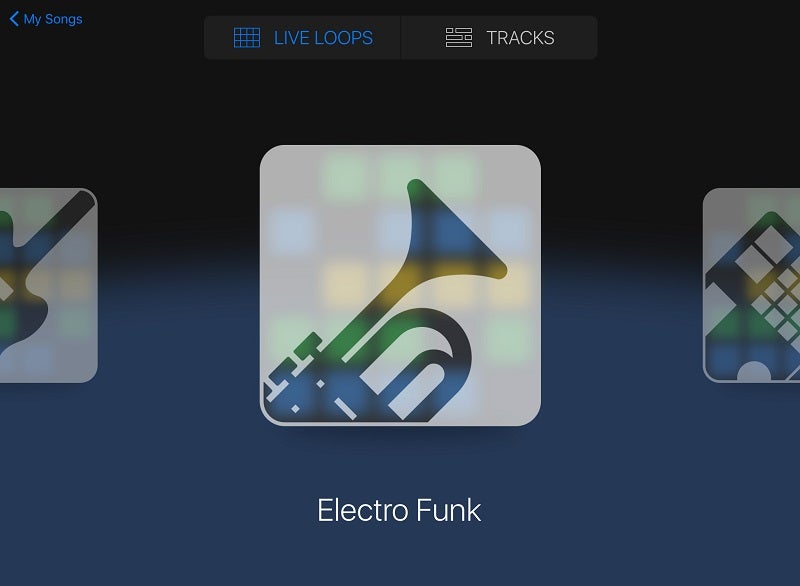Merge tracks in GarageBand for iPad. You can merge (or bounce) any number of unmuted tracks in a song. This can be useful if you reach the maximum number of tracks for a song, but want to add more Touch Instruments. When you merge tracks, the tracks are replaced with a single track containing a stereo audio file in a new copy of the song. May 16, 2016 Introduction to Live Loops in Garage Band, Apple Ipad, EDM Powered By OWC www.macsales.com.
Apple is seemingly prepping a new version of Logic Pro X for the Mac with support for Live Loops. The feature has proven to be popular in Garageband for iPad, and now Apple is looking to expand the experience to Logic Pro users.
As first noted by a user on Reddit (via MacRumors), Apple’s education website shows an image of a MacBook Pro running Logic Pro X. What’s interesting about the image, however, is the Logic Pro X interface that’s shown. As eager Reddit users noted, the screenshot appears to show Apple’s Live Loops feature in Logic Pro X for the Mac.
The Live Loops feature first came to the iPad back in 2016, with Apple billing it as an “entirely new and intuitive way to create amazing music.” Live Loops includes a variety of Apple-designed loop templates for creating music with a unique cell and column-based design.
Here’s how Apple describes the feature in Garageband on iPad:
Live Loops is designed to make it easy to create music like a DJ or electronic music producer. With Live Loops, you can play, edit, and arrange musical ideas in real time. Each musical phrase or loop exists in a cell in the Live Loops grid. Working in the grid, you can start and stop playback of cells freely, while keeping everything in sync. You can choose a Live Loops template which includes a set of instruments and prerecorded cells, or choose an empty grid.
There’s no indication on when Apple plans to release the next version of Logic Pro X. As of right now, it has not taken down the image from its education website.
In related news, Apple last week extended the Final Cut Pro X free trial from 30 days to 90 days. The company also added a new free trial option for Logic Pro X, allowing users to try out the application for 90 days.

Are you a Logic Pro X user? What do you think of Live Loops coming to the Mac? Let us know down in the comments!
FTC: We use income earning auto affiliate links.More.
GarageBand User Guide for iPad
The Live Loops grid is where you record, play, and edit your musical ideas. The grid consists of cells, which can be empty or filled. Cells can contain Touch Instrument recordings, loops, or audio files. You can start and stop individual cells freely, or start multiple selected cells in sync.
In the grid, cells are arranged in rows and columns. Each row uses the same Touch Instrument, similar to a track in Tracks view, and only one cell in a row can play at a time. Cells in a column can have different lengths (durations). You can play back cells in a column individually, or start playback for all cells in the column simultaneously, using the trigger at the bottom of the column.
Playing cells and other actions in the grid follow the current Time Snap setting. Time Snap ensures that your changes start at musically meaningful points in time (beats or bars), so they are in sync with other cells. You can set the Time Snap value and change it while you are working in the grid.
Set the Time Snap value for the grid
Tap the Time Snap value located in the upper-right corner of the grid, then choose a Time Snap value from the pop-up menu. You can tap the Time Snap value and swipe to choose a value in one motion.
Turn off Time Snap
Zoom the grid in or out
Do one of the following:
Pinch the row headers.
Pinch the column triggers.
When cell editing is turned on, you can pinch directly on the grid to zoom in or out.
Garageband Live Loops Missing Ipad 4

Scroll the grid
Show any hidden tracks: Swipe the row headers vertically.
Show a different part of the grid: Swipe the column triggers horizontally.
Garageband Live Loops Tutorial
When cell editing is turned on, you can touch and hold a cell, then swipe horizontally or vertically to show a different part of the grid.